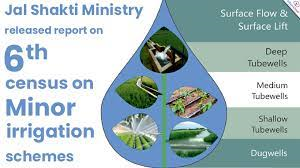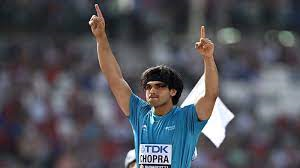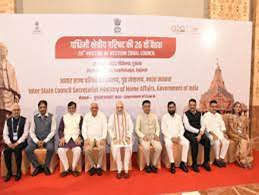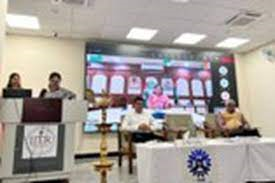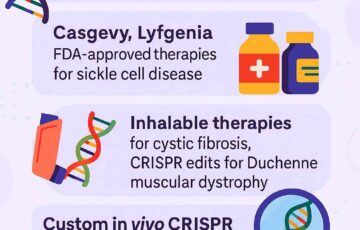Daily News Analysis.
White-Tailed Deer: Reservoir For SARS-CoV2 Virus (GS-2)
News: The SARS-CoV2 virus is shown to be rapidly changing in white-tailed deer in Ohio, USA, according to a study that was just published.
- The smallest deer species in North America are white-tailed deer. From southern Canada through Central America, they can be found in North America.
- It consists of places near rivers and streams, mixed woodlands, farmland, forests, and fields of burned shrubs.
- Only when there are dense bushes or forests nearby are open places used. In the summer, it is tan or brown, while in the winter, it is greyish brown.
- Its throat, the area around its eyes and nose, its stomach, and the underside of its tail are all covered in white.
- Antlers are only grown on male deer and are shed annually. They can run very well. They are capable of running at up to 30 mph.
Status of conservation
- Least Concern according to the IUCN.
6th Census Report On Minor Irrigation (MI) Schemes: (GS-3)
News: The 6th census report on minor irrigation (MI) schemes has been made public by the Ministry of Jal Shakti, giving essential information for efficient planning and policy-making in this area.
- According to the census, there are 23.14 million small irrigation projects in India, of which 94.8% (21.93 million) are groundwater projects and 5.2% (1.21 million) are surface water projects.
- The most MI schemes are found in Uttar Pradesh, which is followed by Maharashtra, Madhya Pradesh, and Tamil Nadu.
- According to the research, there have been 1.42 million more MI schemes created since the last census, with GW schemes growing by 6.9% and SW schemes by 1.2%.
- The majority of MI schemes are privately owned (96.6%), and a noteworthy statistic is that women hold 18.1% of these privately held schemes.
Project Kakatiya
- The Telangana government’s flagship programme, Kakatiya, aims to restore smaller irrigation water sources, like ponds and tanks. The goal is to strengthen community-based irrigation management in a decentralised manner, improve the development of minor irrigation infrastructure, and adopt a comprehensive programme for tank and water source restoration in order to efficiently utilise the 265 TM of water allotted for the minor irrigation sector under the Godavari and Krishna river basins.
- The suggested proposals were discussed with the villagers during a Gramme Sabha. The suggestion to deposit the silt for field preparation persuaded farmers to cooperate. There were established several district-level coordinating bodies. Improvement in service delivery times was emphasised. Tank de-siltation, feeder channel restoration, irrigation channel re-sectioning, bund, weir, and sluice repair, as well as raising FTL (Full Tank Level) when necessary, were all done.
World Athletics Championships 2023: (GS-2)
News: At the 2023 World Athletics Championships in Budapest, Hungary, Indian athlete Neeraj Chopra won the gold medal in the men’s javelin throw competition, further cementing his place in history. He accomplished a stunning throw of 88.17 metres.
Neeraj Chopra already held the distinction of becoming the first Indian track and field athlete to win gold at the Olympics (Tokyo 2020), win the Diamond League championship (2022), and win the junior world championships (2016) before to his most recent success in Budapest.
The National Athletics Centre in Budapest, Hungary, hosted the World Athletics Championships of 2023, the nineteenth iteration of the event, from August 19 to August 27, 2023. Hungary is hosting its first World Athletics Championships at this time.
26th Meeting Of The Western Zonal Council: (GS-3)
News: The 26th meeting of the Western Zonal Council will be presided over by the Union Home Minister in Gandhinagar.
- Pandit Jawahar Lal Nehru, India’s first prime minister, proposed the idea of creating Zonal Councils in 1956.
- Five Zonal Councils were established under Part-III of the States Re-Organisation Act, 1956, in accordance with Pandit Nehru’s vision. They are statutory bodies as a result.
- The act established a zonal council for each of the five regions of the nation (Northern, Central, Eastern, Western, and Southern).
- The Zonal Councils offer a great arena for the free and open discussion and consultation of issues between the Centre and States and among States.
The major goals of establishing Zonal Councils are to-
- Encourage national integration
- Stop the development of regionalism
- Linguism
- Particularism
- Acute State consciousness;
- Facilitate cooperation and idea and experience sharing between the Centre and the States; Create a cooperative environment among the States to ensure the successful and quick completion of development initiatives.
- Each Zonal Council is a consultative body that has the authority to discuss any issue on which the Union and one or more of the States represented therein, as well as some or all of the States represented therein, have an interest in common.
- It also has the authority to recommend a course of action to the Central Government and the governments of the individual States concerned.
Common Research And Technology Development Hub (GS-3)
News: A second “Chintan Shivir on CRTDHs Empowering MSMEs” was held at the Indian Institute of Toxicology Research (IITR), Lucknow, as part of the Department of Scientific and Industrial Research’s Common Research and Technology Development Hub (CRTDH) programme.
- The Industrial R&D Programme (IRD) of the Department of Scientific and Industrial Research (DSIR) includes the Common Research and Technology Development Hub.
- In order to support research and technology development activities by Micro and Small Enterprises (MSEs), this plan aimed to establish Common Research and Technology Development Hubs (CRTDHs).
- To help MSEs perform industrial R&D and innovation activities, qualified institutions will receive grant-in-aid funding in the form of partial financial support to create CRTDHs.
- These centres would make it easier for MSEs to develop new/improved products/processes and increase their skills.
- In addition to providing infrastructure for research and technology development, the cooperating institutions would offer the MSEs hands-on training, skill development, and research information facilities.
- The establishment of these CRTDHs will increase productivity, strengthen MSMEs’ capacity for innovation, improve their competitiveness on a worldwide scale, and create more jobs.
- Institutions or public-funded organisations that are willing and competent to establish these CRTDHs and have their own legal identity.


